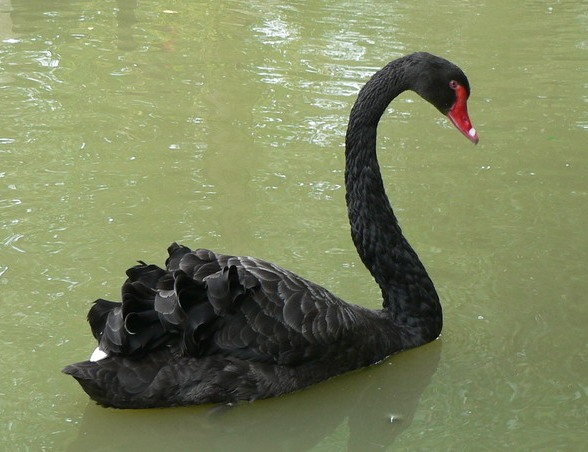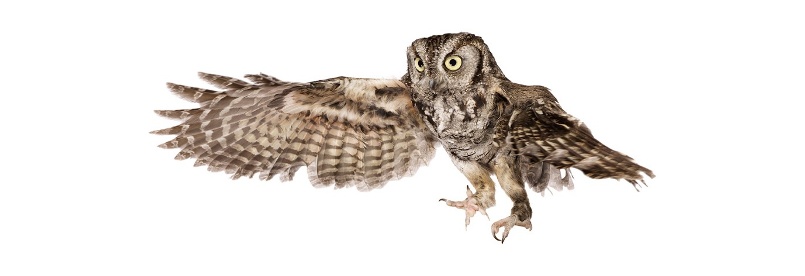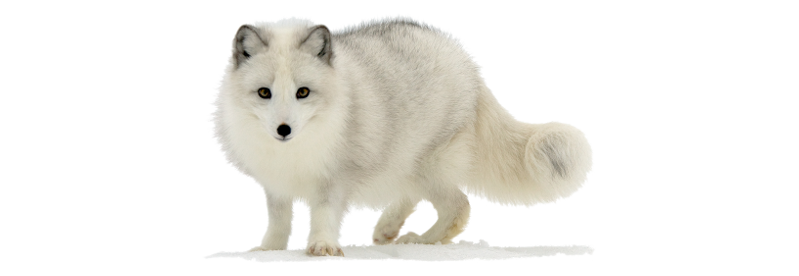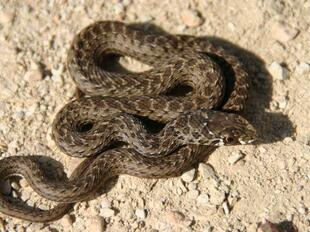
Black swan(Cygnus atratus)
Phylum —chordata
Class — aves
Order — anseriformes
Family — anatidae
Genus – cygnus
Appearance
Black swans are mostly black-feathered birds, with white flight feathers. The bill is bright red, with a pale bar and tip; and legs and feet are greyish-black. Cobs (males) are slightly larger than pens (females), with a longer and straighter bill. Cygnets (immature birds) are a greyish-brown with pale-edged feathers.
Mature black swans measure between 110 and 142 centimeters (43 and 56 in) in length and weigh 3.7–9 kilograms (8.2–19.8 lb). Their wing span is between 1.6 and 2 meters (5.2 and 6.6 ft). The neck is long (relatively the longest neck among the swans) and curved in an "S"-shape.
When swimming, black swans hold their necks arched or erect and often carry their feathers or wings raised in an aggressive display.
Habitat
Black swans are native to Australia (including Tasmania) and have been introduced to New Zealand, Europe, and North America.
Behavior
Black swans tend to move in flocks; they are the least territorial of all swans and sometimes nest in colonies. They are nomadic when food is scarce but are otherwise sedentary. They feed at dusk and travel at night, calling as they fly, but most activity is during the day.
Diet
The black swan is almost exclusively herbivorous, and while there is some regional and seasonal variation, the diet is generally dominated by aquatic and marshland plants.
Reproduction
Like other swans, the black swan is largely monogamous, pairing for life (about 6% divorce rate). Recent studies have shown that around a third of all broods exhibit extra-pair paternity. An estimated one-quarter of all pairings are homosexual, mostly between males. They steal nests, or form temporary threesomes with females to obtain eggs, driving away the female after she lays the eggs.
Generally, black swans in the Southern hemisphere nest in the wetter winter months, occasionally in large colonies. A black swan nest is essentially a large heap or mound of reeds, grasses and weeds between 1 and 1.5 meters (3–4½ feet) in diameter and up to 1 meter high, in shallow water or on islands. A nest is reused every year, restored or rebuilt as needed. Both parents share the care of the nest. A typical clutch contains 4 to 8 greenish-white eggs that are incubated for about 35–40 days. Incubation begins after the laying of the last egg, to synchronize the hatching of the chicks. Prior to the commencement of incubation the parent will sit over the eggs without actually warming them. Both sexes incubate the eggs, with the female incubating at night. The change over between incubation periods is marked by ritualized displays by both sexes. If eggs accidentally roll out of the nest both sexes will retrieve the egg using the neck. Like all swans, black swans will aggressively defend their nests with their wings and beaks. After hatching, the cygnets are tended by the parents for about 9 months until fledging. Cygnets may ride on their parent's back for longer trips into deeper water.
Black swans have been known to live for forty years in the wild.
In captivity
Black swans should preferably be kept separate from other swans, although if the reservoir is large enough, they can be kept with a pair of Mute swans, provided that their nesting territories do not overlap. Young birds can be kept in flocks, but adult pairs should differentiate their own space. Black swans are less aggressive towards geese and ducks than other swans, but can be aggressive towards dark-colored geese. During the breeding season, they become more aggressive – at this time, black swans can kill any ducks that appear near the nest. Aggression during this period can be extended even to people. If you buy black swans in large numbers and exclusively for beauty, it is better to buy more females. Males may conflict with each other.
To keep swans, you need a reservoir with clean water. By clean waternon-toxic and non-rotten water is meant. It doesn't have to be transparent. The reservoir can be of any size, but the larger it is, the more comfortable it will be for swans to live and the chance of getting offspring increases. The minimum size of the enclosure for a pair of swans is 3x3 meters. The minimum size of the pool is 1x1 meter. Even in such cramped conditions, swans can exist. The smaller the size of the pool, the more often you have to change the water there. In a 2-meter pool with a depth of 50 cm, with the content of a pair of swans, the water will have to be changed every day. In a natural pond, the water does not need to be changed, it just needs to be cleaned sometimes. It is advisable to carry out general cleaning of a small pond every year. If the pond is large, you can do it every few years.
The bank of the reservoir should be flat and is covered with straw at least in one place.
In winter, when the temperature drops below zero, it is necessary to protect the reservoir from freezing. There are two ways to solve this problem:
- A compressor or a pump is installed on the reservoir and a system of pipes for pumping water or air, thus creating a constant movement of water, which prevents it from freezing.
- In winter, birds can simply be moved to a heated room with a small pond. You can divide the winter aviary into 2 zones, where only the pool area is heated, and the walking area is left on an unheated (outdoor) territory. The area of the zone range should be calculated not less than 5 square meters for each bird.
At temperatures below -10°C, it is better to completely transfer the swans to a heated room.
Black swans are mainly herbivorous birds. The basis of the diet – aquatic plants and small algae. Do not give up on cereals, such as wheat and corn. If there is a problemwith algae, you can feed mainly grain, chicken feed, as well as special pellets for waterfowl. They can pluck leaves from the lower branches of trees.
During the year, it is necessary to provide birds with fresh herbs. As a top dressing salads, cabbage, grated carrots are suitable.
Breeding swans in captivity is not particularly difficult. In the center of the reservoir (if it is large enough), it is better to install a small island or raft with a minimum size of 3x3 meters. If it is a raft, it must be stable enough (to hold the weight of an adult). It is not recommended to build various structures on a raft. You can build a shelter from the sun and rain, no more. For a nesting pair on such a raft, in April (as soon as the ice on the rivers comes down), you need to put a large armful of hay, the rest of the work on the nest arrangement will be done by the birds themselves. In May, the female lays eggs. When the offspring appear, it is necessary to increase the amount of feed and put an additional feeder on the island.
Sometimes black swans nest twice a year.
Parents can refuse to incubate. In this case, the eggs can be taken to the incubator. Chicks bred in an incubator should be kept in a warm room at a constant temperature of 33°C, and there should be enough space in the room for the chicks to choose their comfort zone. The swans need to install a bathing bowl. During the first few days, they eat sliced boiled eggs, and then have special pellets, and (or) chopped herbs. Clean drinking water and sand should always be available. In warm weather, chicks can be taken for a walk in the fresh air 2-3 times a week.
In captivity, black swans can create interspecific pairs and produce mixed offspring with other species of swans and even geese.























